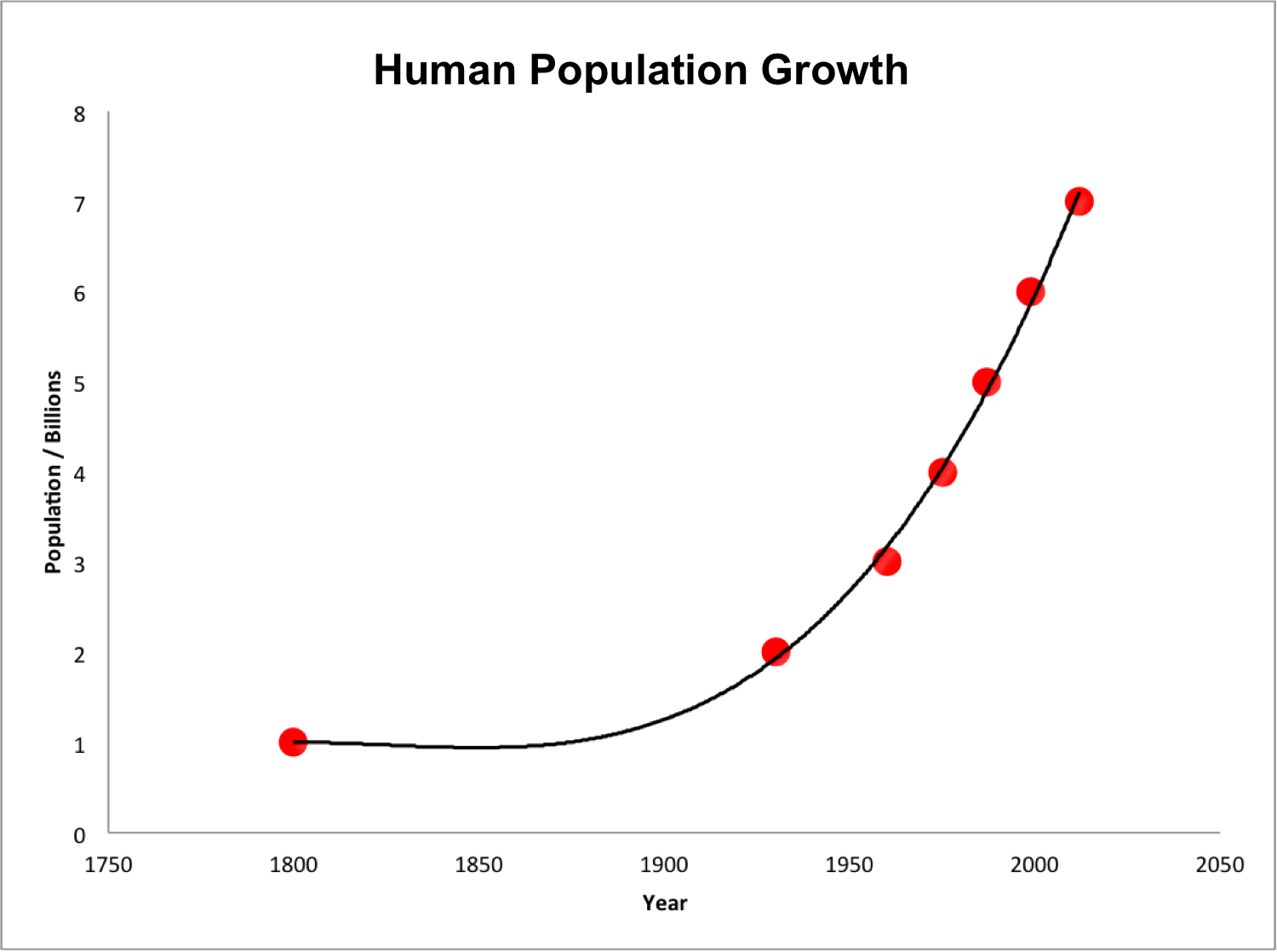This blog will contain all of my work from Mr. Orre's Biology class in the 2016-2017 year.
Wednesday, March 8, 2017
Unit 7 Reflection
This unit was about ecology and conservation biology. Ecology is the study of interactions between different organisms and their environment. Some big ideas of ecology are homeostasis and interdependence. The levels of organization of ecology are organisms, population, communities, ecosystems, biomes (an area of the world that contains many ecosystems), and the biosphere (Earth). We also learned about food chains and webs, and the differences between them. If one organism declines in an ecosystem, then, a domino effect is sent throughout the food web, and other populations could decrease. Next, we learned about the energy in ecosystems, which can be shown through biomass pyramids, pyramids of numbers, and energy pyramids. Only 10% of the energy at one trophic level (primary producers, primary consumers, secondary consumers, tertiary consumers, and quaternary consumers) is passed to the level, so there is less energy to go around as you go up the energy pyramid. That is why it is important to have many primary producers who transfer all of the energy to the next levels. Another part of ecology is population ecology, the study of populations in relation to the environment. Many different factors, like deaths or immigration, affect the rise and decrease of populations. Exponential growth is the doubling of a population over time. Logistic growth is when the rate of growth slows down as the carrying capacity is reached. A carrying capacity is the maximum point at which an environment support a population. The human population has been exponentially growing for some time now, and after more time, it is expected that it will reach its carrying capacity. At carrying capacity, the population will decline and rise again or level off (number of births will equal the amount of deaths).
There are also different cycles that help to keep an ecosystem healthy. Ecological succession occurs with a sequence of community and ecosystem changes after a disturbance (ex. fire in Yellowstone causes the ecosystem to grow). Primary succession is when everything in a ecosystem has been harmed/disturbed, while secondary succession happens when part of an area is still intact. The water cycle includes evaporation and precipitation, while the carbon cycle involves cellular respiration. The nitrogen cycle can be the conversion of nitrogen gas into nitrates for plants or the breaking down of nitrogen from waste (into nitrates) from waste or dead organisms. Phosphorous makes up ATP, DNA, and lipids, and it is deposited by water and made available to plants. Decomposers and producers are critical to life. High biodiversity is important for ecosystems to be considered healthy because organisms are resistant to changes. Populations with producers & decomposers/tertiary & quaternery concumers are features of a healthy ecosystem. Four causes of species loss are climate change, overexploitation (harvesting organisms too fast/much so populations cannot rebound), introduced/exotic species, and habitat loss. There are five ways to conserve/protect ecosystems: identify and protect (biodiversity) hot spots, conservation (protect what we still have), smart planning (some solutions to help ecosystems (ex. movement corridors)), restoration (ex. jumpstart succession), and sustainable development (development that meets the needs of people today without limiting the ability of future generations). Finally, there are small things that each person can do to help, and if everyone does something small, there will be a big effect.
I want to learn more about the different ways people are trying to conserve ecosystems through sustainable development or smart planning. The movement corridor and green roof are interesting ideas. I do not have any unanswered questions. I wonder about how people can raise awareness for the enviromental issues the earth is facing. Also, I wonder how we can all consume less and not run of resources. The Conservation Biologist project was a good project because I got to learn more about a place in the U.S. (the Great Plains) and the threats facing it. I thought my group worked well together, and everyone took part and did their work. Also, I got to practice explaining about a topic (in the video) besides just listening, and when you explain something to someone else, you learn it better yourself. I felt that our group could have recorded our video earlier because we went one day extra on our schedule to finish the presentation. Overall, our group did a good job on the project and created a educational video. My dominant conflict style is aggressiveness, with assertiveness the second, then passiveness, then finally passive-aggressiveness. I feel that in some situations, I could be aggressive or passive. I don't ask for help a lot, so that can improve my assertiveness. I don't think I am passive-aggressive often, but sometimes I can be. I think that whether I am aggressive or passive depends on where I am or who I am with, but I should try to be assertive most of the time. I could voice my ideas more, think about what I say before I say it, and say what I think is the right thing to do.
Subscribe to:
Post Comments (Atom)


No comments:
Post a Comment